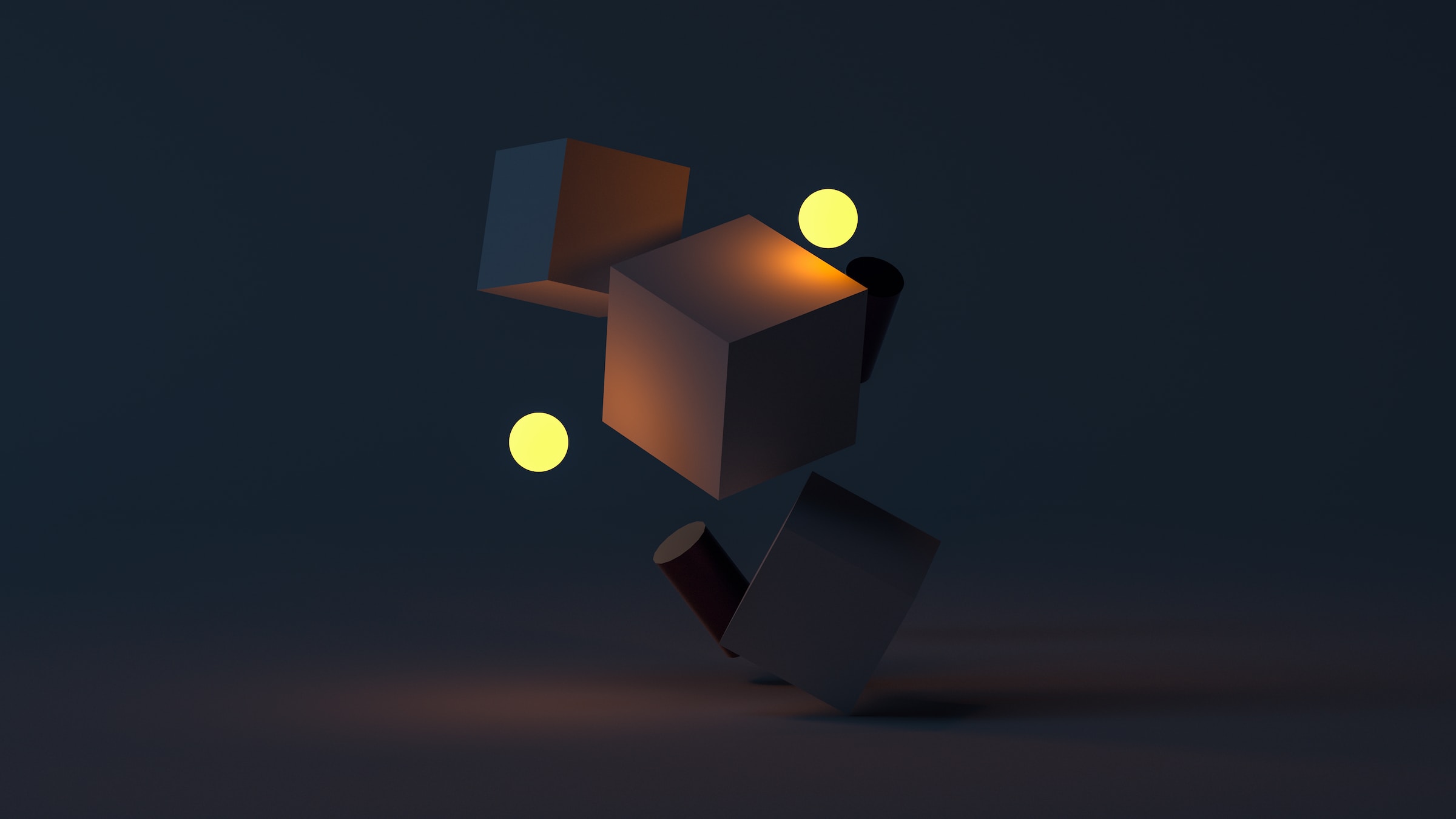What is 3D Modeling? The Different Types of 3D Modeling and Their Applications

3D modeling is the process of creating a three-dimensional representation of an object or a surface. This can be done using computer-based 3D modeling software, which allows you to manipulate points, lines, and polygons to create the desired shape.
The main types of 3D modeling are:
Polygonal modeling
This is the most common type of 3D modeling. It involves creating a model from a collection of polygons, which are flat shapes with three or more sides. Polygonal models are typically used for games, animation, and architectural visualizations.
Polygonal models are created by joining together individual polygons. Each polygon is made up of a certain number of vertices, which are points in space. The more vertices a polygon has, the smoother its surface will be.
To create a polygonal model, you first need to create a basic shape, such as a cube or a sphere. You can then use the software’s tools to add or remove vertices, or to change the shape of the polygons.
Surface modeling:
This type of modeling involves creating a model from a collection of surfaces. Surfaces are smooth, curved shapes that can be created using mathematical equations. Surface models are typically used for product design and industrial design.
Surface models are created by defining a mathematical equation for each surface. The software then uses this equation to calculate the shape of the surface.
Solid modeling
This type of modeling involves creating a model from a collection of solids. Solids are three-dimensional shapes that have volume. Solid models are typically used for engineering and manufacturing applications.
Solid models are created by defining a mathematical equation for each solid. The software then uses this equation to calculate the shape of the solid.
Voxel modeling
This type of modeling involves creating a model from a collection of voxels. Voxels are three-dimensional pixels that can be used to create 3D images and animations. Voxel models are typically used for medical imaging and computer games.
Voxel models are created by dividing a 3D space into a grid of voxels. Each voxel is then assigned a value, such as a color or a material.
3D modeling is used in a wide variety of industries, including:
-
Film and video games: 3D models are used to create the characters, props, and environments in movies and video games. 3D models are used to create realistic and immersive experiences for the audience.
-
Architecture: 3D models are used to create architectural visualizations, which can be used to help clients visualize a proposed design. 3D models are used to show clients how a building will look before it is built.
-
Engineering: 3D models are used to design and test products and machines. 3D models are used to test the functionality of products and to identify potential problems.
-
Manufacturing: 3D models are used to create prototypes and molds for manufacturing products. 3D models are used to create physical copies of products before they are mass-produced.
-
Medical: 3D models are used to create simulations of medical procedures and to help doctors plan surgeries. 3D models are used to train doctors and to help them understand complex medical procedures.
-
Education: 3D models are used to create simulations and visualizations that can be used to teach students about different subjects. 3D models are used to make learning more interactive and engaging.
3D modeling is a powerful tool that can be used to create realistic and interactive representations of objects and environments. It is used in a wide variety of industries, including film and video games, architecture, engineering, manufacturing, medical, and education.
The different types of 3D modeling techniques each have their own strengths and weaknesses, and the best choice for a particular application will depend on the specific requirements. For example, polygonal modeling is typically used for games and animation because it can create smooth and detailed surfaces.
Surface modeling is typically used for product design because it can create smooth and curved surfaces. Solid modeling is typically used for engineering and manufacturing applications because it can create precise and accurate models. Voxel modeling is typically used for medical imaging and computer games because it can create realistic and detailed models of objects.
The future of 3D modeling is bright. As the technology continues to develop, 3D models will become increasingly realistic and interactive. This will lead to new and innovative applications for 3D modeling in a variety of industries.





